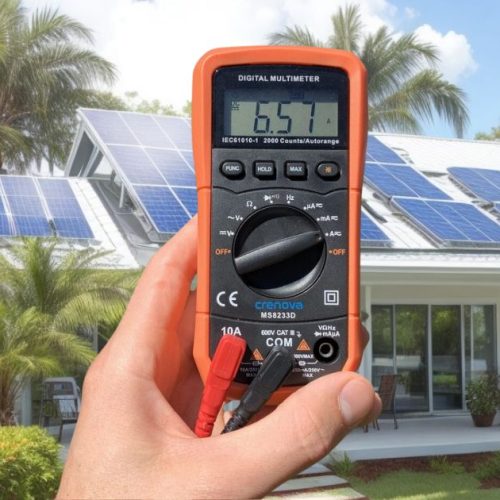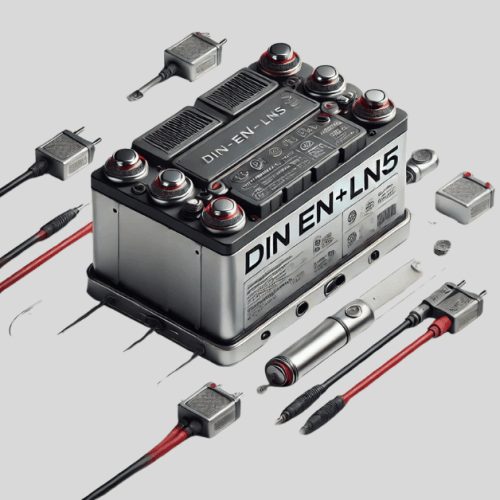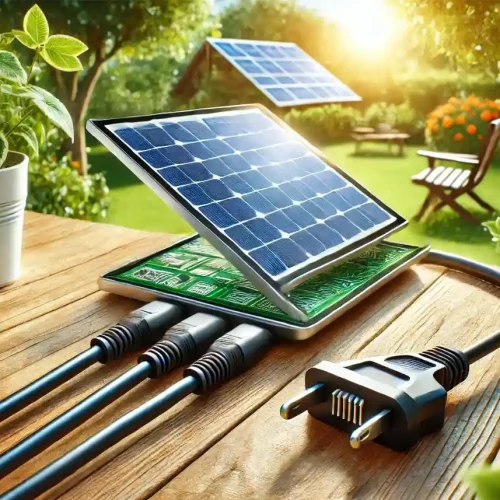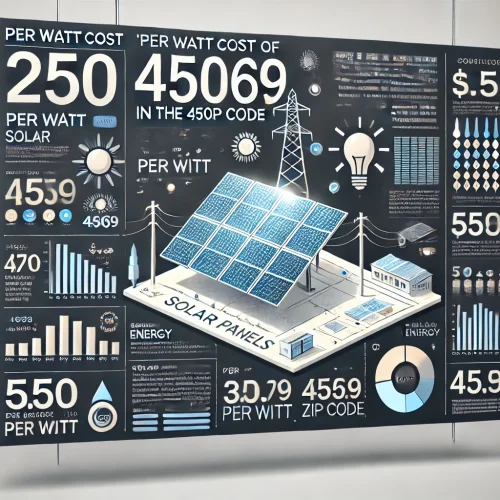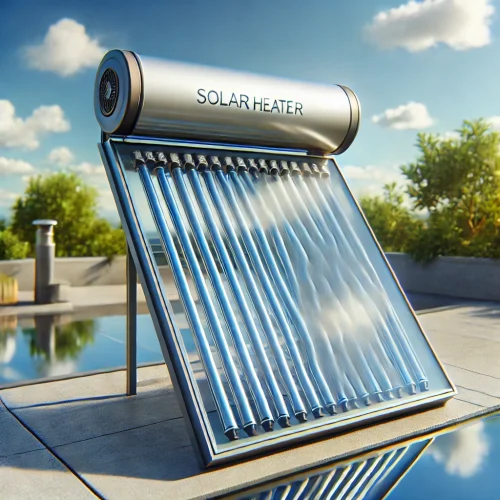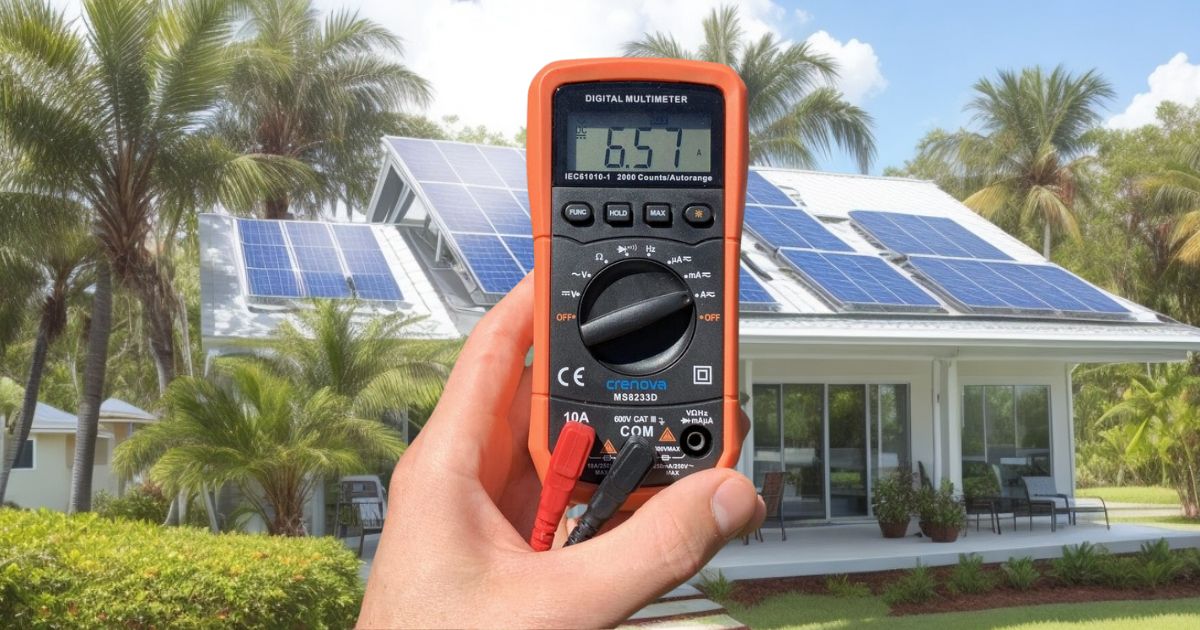What is the Purpose of Solar Panels on Satellites Bitlife? The purpose of solar panels on satellites in BitLife is to generate power for the satellite’s functions, similar to how coffee energizes us in the morning. Solar panels help keep the satellite operational and perform its tasks efficiently, ensuring it doesn’t become just a decorative space object.
Solar panels play a crucial role in the functioning of satellites in BitLife. By harnessing solar energy, these panels provide the necessary power to operate various systems onboard the satellite, such as communication, data transmission, and other essential functions. Without solar panels, the satellite would be unable to function effectively, emphasizing their significance in the game.
Understanding the purpose of solar panels on satellites is essential for players to strategize and optimize their satellite’s performance in BitLife.

Functionality
When it comes to understanding the purpose of solar panels on satellites in BitLife, it is essential to delve into their functionality. Solar panels play a crucial role in ensuring the proper functioning of satellites, providing the necessary energy generation and power supply to support their operations in the vast expanse of space.
Energy Generation
The primary function of solar panels on satellites is to harness solar energy and convert it into electrical power. This process involves the utilization of photovoltaic cells within the solar panels, which directly convert sunlight into electricity through the photovoltaic effect. The generated electrical energy is essential for powering the various systems and instruments onboard the satellite, including communication devices, scientific instruments, and propulsion systems.
Solar panels enable satellites to operate autonomously by continuously generating electricity from sunlight, allowing them to function effectively without the need for frequent maintenance or refueling. Moreover, this sustainable energy source reduces the reliance on traditional fuel-based power systems, contributing to a more environmentally friendly approach to satellite operations.
Power Supply
In addition to energy generation, solar panels serve as the primary power supply for satellites, ensuring a consistent and reliable source of electricity in the harsh conditions of outer space. By capturing sunlight and converting it into electrical power, solar panels provide the necessary energy to support the satellite’s essential functions, such as data transmission, navigation, and scientific research.
The continuous power supply derived from solar panels enables satellites to operate efficiently during extended missions, including prolonged periods of orbiting the Earth or exploring distant celestial bodies. This sustained power availability is vital for maintaining communication links with ground control, executing scientific experiments, and maneuvering the satellite as required for its intended mission objectives.

Types Of Solar Panels
The use of solar panels on satellites in BitLife is to generate power to keep all the satellite functions running smoothly. The solar panels are the source of power for the satellite, and without them, the satellite would not be able to perform its functions. The use of solar panels on satellites is a cost-effective and efficient way of generating power in space, and it is also eco-friendly. Different types of solar panels are used on satellites, and each has its unique features and advantages.
Monocrystalline Solar Panel
The monocrystalline solar panel is the most common type of solar panel used on satellites. They are made from a single silicon crystal, which gives them a higher efficiency rate than other types of solar panels. They are more expensive to produce, but they are also more durable and last longer. The monocrystalline solar panels are rigid and heavy, making them suitable for large satellites that require a lot of power. Some of the advantages of using monocrystalline solar panels on satellites include:
- High-efficiency rate
- Durable and long-lasting
- Suitable for large satellites
Photovoltaic Cells
Photovoltaic cells, also known as PV cells, are the most efficient type of solar panels used on satellites. They are made from semiconducting materials such as silicon, which converts sunlight directly into electricity. PV cells are lightweight and flexible, making them suitable for small satellites that require less power. Some of the advantages of using photovoltaic cells on satellites include:
- High-efficiency rate
- Lightweight and flexible
- Suitable for small satellites
Thin-film Solar Panels
Thin-film solar panels are made from a thin layer of semiconducting material such as amorphous silicon, cadmium telluride, or copper indium gallium selenide. They are lightweight and flexible, making them suitable for small satellites that require less power. Thin-film solar panels are less efficient than monocrystalline and photovoltaic cells, but they are also less expensive to produce. Some of the advantages of using thin-film solar panels on satellites include:
- Lightweight and flexible
- Less expensive to produce
- Suitable for small satellites
Which type of rocket engine is used to maneuver bitlife is not related to the use of solar panels on satellites. However, in BitLife, the common propellant for a rocket is Liquid Rocket Fuel.

Challenges In Space Environment
Introduction paragraph about What is the Purpose of Solar Panels on Satellites Bitlife and Challenges in Space Environment…
Radiation Exposure
Satellites in space face various challenges due to the harsh environment they operate in. One such challenge is radiation exposure. In space, satellites are constantly bombarded by high-energy particles from the sun and other cosmic sources. These particles can damage the sensitive electronic components of the satellite, leading to malfunctions or complete failure. To mitigate this risk, solar panels on satellites serve a dual purpose. Firstly, they generate electricity to power the satellite’s systems. Secondly, they act as a shield, absorbing and redirecting some of the harmful radiation away from the satellite’s vital components.
Solar panels are made up of photovoltaic cells that convert sunlight into electrical energy. They consist of semiconductor materials such as silicon, which release electrons when exposed to light. These free electrons then flow through an external circuit, generating a current that can be used to power the satellite’s communication systems, scientific instruments, and other onboard equipment. Solar panels are strategically positioned on the satellite’s surface to maximize exposure to sunlight and ensure a continuous supply of power.
However, the same solar panels that provide energy also face the risk of radiation damage. Over time, prolonged radiation exposure can degrade the performance of the solar cells, reducing their efficiency in converting sunlight into electricity. To counteract this, satellite designers employ various techniques such as using radiation-hardened materials and designing redundant solar panel arrays. These measures help prolong the lifespan of the solar panels and ensure a reliable power supply for the satellite throughout its mission.
Temperature Extremes
Another significant challenge satellites face in space is extreme temperature fluctuations. In the vacuum of space, satellites are subjected to extreme cold and intense heat. The temperature can drop to as low as -270 degrees Celsius (-454 degrees Fahrenheit) in the shade, while in direct sunlight, it can reach up to 150 degrees Celsius (302 degrees Fahrenheit). These extreme temperature swings can cause structural stress, thermal expansion, and contraction, leading to potential damage or failure of critical satellite components.
Solar panels play a crucial role in mitigating the effects of temperature extremes on satellites. They act as a thermal regulator, absorbing excess heat when the satellite is exposed to intense sunlight and dissipating it into space. The solar panels are designed to have a high thermal conductivity, allowing them to efficiently transfer heat away from the satellite’s sensitive components. This helps maintain a stable temperature within the satellite and prevents overheating, which could degrade the performance and lifespan of electronic systems.
On the other hand, during the cold periods in space, solar panels continue to provide power to the satellite, ensuring its uninterrupted operation. The generation of electricity through solar panels also generates waste heat, which helps to maintain a minimum temperature within the satellite, preventing critical components from freezing and becoming non-functional.

Advancements In Solar Panel Technology
Efficiency Improvements
Solar panels on satellites have undergone significant advancements in recent years, particularly in terms of their efficiency. These improvements have revolutionized the way satellites generate and utilize solar power, making them more effective and reliable in space missions. Here are some key efficiency improvements in solar panel technology:
- Increased Conversion Efficiency: Modern solar panels are designed to convert a higher percentage of solar energy into usable electricity. This means that satellites can generate more power from the same amount of sunlight, allowing them to operate for longer periods without relying on other power sources.
- Improved Light Absorption: Solar panels now feature advanced coatings and materials that enhance their ability to absorb sunlight. This ensures that even in low-light conditions or when the satellite is in the shadow of another celestial body, the panels can still capture a significant amount of energy.
- Enhanced Tracking Mechanisms: Satellites equipped with solar panels now have sophisticated tracking systems that allow the panels to follow the sun’s movement throughout the day. By maintaining an optimal angle relative to the sun, the panels can maximize their energy absorption and improve overall efficiency.
These efficiency improvements have not only increased the power output of solar panels on satellites but have also made them more cost-effective. With greater energy generation capabilities, satellites can carry out more complex missions, collect and transmit more data, and stay operational for extended periods.
Durability Enhancements
Satellites are exposed to harsh conditions in space, including extreme temperatures, radiation, micrometeoroids, and the vacuum of space. To withstand these challenges, solar panels have undergone durability enhancements. Here are some notable improvements in solar panel durability:
- Enhanced Resistance to Temperature Variations: Solar panels now incorporate materials and designs that can withstand drastic temperature fluctuations. This prevents damage caused by thermal expansion and contraction, ensuring the panels remain functional even in extreme hot or cold conditions.
- Improved Radiation Tolerance: Satellites encounter high levels of radiation in space, which can degrade solar panel performance over time. To mitigate this, solar panels are now built with radiation-hardened materials that can withstand prolonged exposure to radiation without significant degradation.
- Reinforced Panel Structures: Solar panels have become more robust and resistant to impacts from micrometeoroids and debris. Reinforcements such as protective coatings and sturdy frames ensure that the panels can withstand the occasional collision and continue to generate power reliably.
These durability enhancements have significantly increased the lifespan and reliability of solar panels on satellites. By withstanding the harsh conditions of space, these panels can continue to provide a steady source of power throughout a satellite’s mission, reducing the need for frequent maintenance or replacements.
Impact On Satellite Performance
What is the Purpose of Solar Panels on Satellites Bitlife? The purpose of solar panels on satellites is to provide a reliable source of power to keep the satellite functions running smoothly. Without power, the satellite would just be a fancy space rock! The solar panels on satellites work by converting the energy from the sun into electricity, which is then used to power the various instruments and systems on board the satellite. However, the impact of solar panels on satellite performance is a crucial aspect to consider when designing and launching a satellite. In this article, we will discuss the impact of solar panels on satellite performance, focusing on two subheadings: longevity and mission success.
Longevity
One of the most important factors to consider when designing a satellite is its longevity. The longer a satellite can function, the more data it can collect and transmit back to Earth. Solar panels play a critical role in determining the longevity of a satellite. The more efficient the solar panels, the longer the satellite can function without needing to rely on backup power sources. The efficiency of solar panels is measured by their conversion rate, which is the percentage of the sun’s energy that is converted into electricity. Therefore, it is essential to use high-quality solar panels with a high conversion rate to ensure the longevity of the satellite.
Another factor that can impact the longevity of solar panels on satellites is space debris. Space debris is any man-made object in orbit around the Earth that no longer serves a useful purpose. These objects can range in size from small bolts and screws to entire satellites. When space debris collides with a satellite, it can cause damage to the solar panels and other critical components. Therefore, it is essential to design solar panels that are robust enough to withstand the impact of space debris and other hazards.
Mission Success
The success of a satellite mission is determined by its ability to collect and transmit data back to Earth. Solar panels play a critical role in ensuring the mission’s success by providing a reliable source of power to the satellite. The solar panels must be designed to withstand the harsh conditions of space and provide enough power to run the satellite’s instruments and systems without interruption.
One of the challenges of using solar panels on satellites is the variation in the amount of sunlight they receive. Satellites in low Earth orbit can experience up to 16 sunrises and sunsets per day, resulting in significant variations in the amount of sunlight the solar panels receive. Therefore, it is crucial to use solar panels that can adjust to the changing conditions and maintain a consistent level of power output throughout the mission.
In conclusion, solar panels on satellites are essential for the success of any satellite mission. They provide a reliable source of power to run the satellite’s instruments and systems and ensure the longevity of the satellite. By considering the impact of solar panels on satellite performance, designers and engineers can create satellites that can withstand the harsh conditions of space and collect and transmit data back to Earth with maximum efficiency.

Future Of Solar Panels On Satellites
The future of solar panels on satellites holds immense promise for revolutionizing space technology. As we delve into the innovations, integration with other power sources, and the purpose of solar panels on satellites, we uncover the advancements that are shaping the future of space exploration.
Innovations
Solar panels on satellites are witnessing remarkable innovations that are enhancing their efficiency and capabilities:
- Laser Beaming Technology: Transmitting solar power via laser beams to increase energy conversion.
- Thin-Film Solar Cells: Lightweight and flexible panels that maximize energy production.
- Deployable Arrays: Folding structures that expand in space, optimizing solar exposure.
Integration With Other Power Sources
Satellites are increasingly integrating solar panels with other power sources to ensure continuous energy supply:
- Nuclear Power: Hybrid systems combining nuclear and solar energy for prolonged missions.
- Battery Storage: Storing excess solar energy for use during eclipses or low sunlight periods.
- Radioisotope Thermoelectric Generators: Providing power in extreme environments where solar energy is limited.
Purpose Of Solar Panels
The purpose of solar panels on satellites is crucial for their functionality and operations:
- Power Generation: Harnessing solar energy to generate electricity for satellite systems.
- Sustainability: Reducing reliance on traditional power sources and promoting eco-friendly practices.
- Longevity: Ensuring continuous power supply to extend the satellite’s operational lifespan.
Frequently Asked Questions
What’s The Point Of Solar Panels On Satellites In Bitlife?
Solar panels on satellites in BitLife provide power to keep satellite functions running smoothly, like morning coffee for the satellite.
What Is The Most Common Propellant For A Rocket Bitlife?
The most common propellant for a rocket in BitLife is Liquid Rocket Fuel. Launch your rocket with this powerful fuel!
What Is An Astronaut Maximum Absorbency Garment Bitlife?
An astronaut maximum absorbency garment in BitLife is an adult-sized diaper with extra absorption material worn by NASA astronauts to manage bodily waste during space activities.
How Do You Become A Famous Astronaut In Bitlife?
To become a famous astronaut in BitLife, complete your education at the Academy, apply to your country’s Space Agency, and answer interview questions correctly. Solar panels on satellites help generate power to keep all the satellite functions running smoothly. Without power, your satellite would not function.
What Is The Purpose Of Solar Panels On Satellites In Bitlife?
Solar panels on satellites in BitLife help generate power to keep all the satellite functions running smoothly. Without power, your satellite would just be a fancy space rock! Think of them like the satellite’s morning coffee. Keeps it running and doing its job!
Conclusion
The purpose of solar panels on satellites in BitLife is to generate power for smooth satellite operations. These panels are essential for keeping the satellite functioning, much like a morning coffee for humans. Without them, the satellite would be unable to perform its vital tasks in space.


